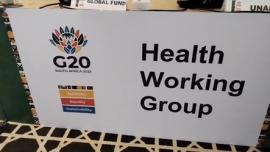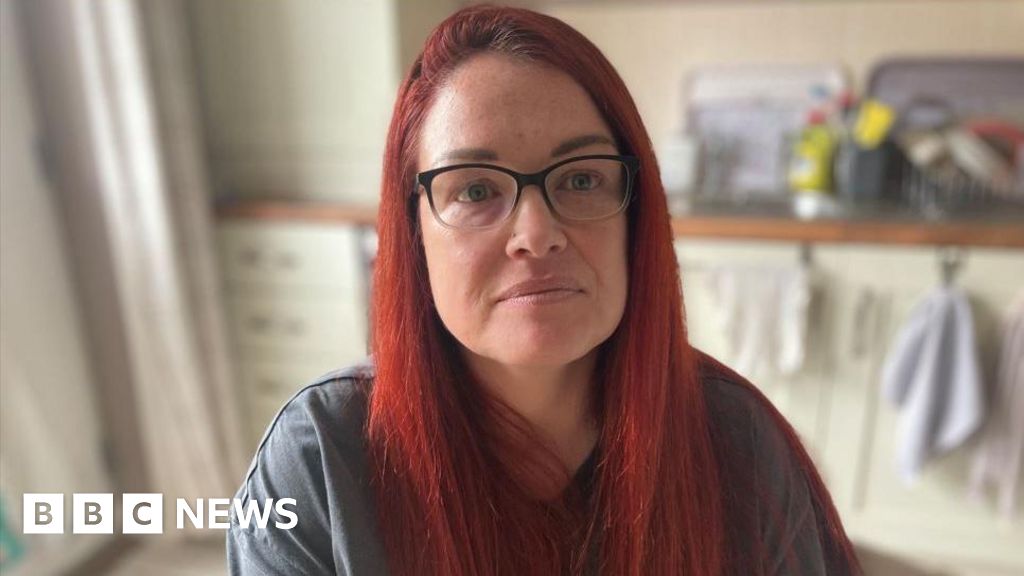Philippines DOH Flags HIV Surge, Considers Public Health Emergency

The Department of Health (DOH) in the Philippines has proposed declaring a national public health emergency as confirmed HIV infections continue to climb, averaging 56 new cases daily. In a statement on Tuesday, June 3, the DOH reported a significant 44% year-on-year increase in HIV cases from January to April, with 6,703 new infections recorded during this period. This surge has brought the total number of people living with HIV in the country to 150,433 as of April.
Health Secretary Teodoro Herbosa stated that, in line with recent studies, the Philippines has been identified as the country with the fastest-growing HIV epidemic in the Western Pacific Region. According to DOH data, daily HIV cases more than doubled from 21 in 2014 to 48 in 2024, and now average 56 a day. Data on newly diagnosed HIV cases is tracked from 1984 to April 2025.
A particularly concerning trend highlighted by the Department of Health is the higher incidence among youth. Many of the new cases involve individuals aged 15 to 25, with the youngest confirmed case being a 12-year-old from Palawan. The DOH has observed a shift in the age demographic of HIV diagnoses over the past two decades. Since 2006, the most affected group has moved from those aged 35-49 years old to those 25-34 years old, signaling a younger population at risk. Cumulatively, four in five of the diagnosed cases are reportedly younger than 35. Of these, half are between 25 and 34 years old, while 30% are aged 15 to 24. The distribution of diagnosed HIV cases across age groups has been documented from 1984 to April 2025, showing a recent trend of more cases among younger groups.
Secretary Herbosa emphasized the need for a unified response, stating, “Ang maganda [ay] magkaroon tayo ng public health emergency, national emergency for HIV dahil magtutulong-tulong ang buong lipunan. A whole-of-society and whole-of-government [approach] can help us in this campaign na mapababa ang new cases of HIV.” (It would be good to declare a public health emergency, a national emergency, for HIV because it would encourage the entire society to work together. A whole-of-society and whole-of-government approach can help us in this campaign to reduce new HIV cases.)
Although more confirmed mpox cases have been reported recently, Herbosa asserted that the real threat lies in the rising number of HIV infections and urged greater attention to this growing epidemic. “Ang malaking problema po natin ay hindi monkeypox kundi ang paglaganap ng HIV (Our big problem right now is not monkeypox, but the spread of HIV),” he said. Under the Constitution, only the president has the authority to declare a national public health emergency.
HIV, or human immunodeficiency virus, is a virus that attacks the body’s immune system by targeting cells that fight infection. This assault weakens the body’s defenses, making a person more vulnerable to other illnesses and diseases. The virus is most commonly transmitted through unprotected sex or contact with the bodily fluids of someone with HIV, such as through shared needles.
The DOH found that sexual contact remains the leading mode of HIV transmission. Currently, 83% of recent cases involved male-to-male intercourse, followed by cases of males having sex with both males and females. This marks a shift from before 2007, when most cases involved male-to-female transmission. Data on the distribution of diagnosed HIV cases by mode of transmission indicates that most recent cases result from sexual contact between males.
While there is still no cure for HIV, the condition is manageable with antiretroviral therapy (ART). ART reduces the viral load in the blood to undetectable levels and significantly lowers the risk of transmission. Two other preventive options are pre-exposure prophylaxis (PrEP) and post-exposure prophylaxis (PEP), which are medicines taken by people at risk of HIV. When taken properly, these can prevent infection from sex or injection drug use. If left untreated, HIV can progress to AIDS, or acquired immunodeficiency syndrome, which is the most advanced stage of an HIV infection when the immune system is severely damaged.
Secretary Herbosa stressed the need to ramp up HIV testing, prevention, and treatment efforts, especially since HIV is now treatable and no longer a death sentence. He noted that self-testing kits are available in the Philippines and should be more widely used. However, this must go hand in hand with breaking the stigma around sex, more so with same-sex intercourse. Herbosa also urged the public to practice safe sex by using condoms, lubricants, and PrEP.
For individuals who use self-test kits, free confirmatory tests are available at DOH treatment hubs, Herbosa added. Antiretroviral therapy is also covered by the Philippine Health Insurance Corporation (PhilHealth). DOH spokesperson Albert Domingo also told reporters that the health secretary is involved in international engagements as a member of the UNAIDS Board to "secure international support and resources.” This includes efforts towards stigma-free primary care HIV screening, testing, and maintenance treatment.
As of March 2025, there are 299 DOH-accredited HIV treatment hubs and care facilities across the Philippines, providing various services and contact information for those in need.











